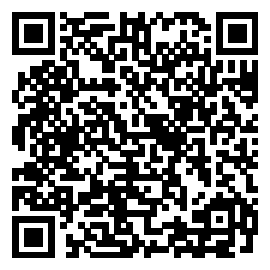学术资讯|“若海讲坛”系列讲座第二十八讲:丝路上的“零”——中国与印度数学之间相互影响再思
Zero on the Silk Roads — China’s Encounter with Indian Mathematics or vice versa? 丝路上的“零”——中国与印度数学之间相互影响再思
— 中山大学珠海校区“若海讲坛” —
繁荣珠海校区院系学科学术交融
推进珠海校区人才培养提质增效

题目
Zero on the Silk Roads — China’s Encounter with Indian Mathematics or vice versa?
丝路上的“零”——中国与印度数学之间相互影响再思
主讲
麦文彪 博士
香港弘立书院中华研究中心总监
香港大学饶宗颐学术馆院士
剑桥李约瑟研究所研究员
主办单位
党委办公室
承办单位
国际翻译学院
哲学系(珠海)
“一带一路”研究院
时间
2024年3月29日 下午15:00-18:00
地点
中山大学珠海校区
海琴六号A230
讲座简介
This lecture examines some long-standing controversies concerning the relationship between Indian and Chinese mathematics. The impact of the Indian invention of zero and place-value numerals has on the Islamic world and Europe has long been recognised by Western scholars. Evidences from Dunhuang and other Chinese sources suggest that China’s encounter with Indian mathematics did take place during the first millennium CE but much less is known about the Indian reception of Chinese mathematics. The Indian zero, known variably as śūnya, bindu, etc., and numerals were known in China by the second half of the first millennium. First full description is found in the astral compendium Jiuzhi li 九执历 composed by Qutan Xida (*Gautamasiddhārtha) 瞿昙悉达 in the first quarter of the eighth century CE. However, these new symbols had no apparent impact to the Chinese until the thirteenth century, when the circular symbol for zero was adopted in rod-numeral computation in Chinese mathematical texts. On the other hand, the tradition of Chinese rod-numeral computation and techniques of solving mathematical problems as exemplified in works such as the Nine Chapters on the Mathematical Art (Jiuzhang suanshu 九章算术, 10th–2nd century BCE) predates all the extant Indian sources. This leads historians such as Qian Baocong to claim that mathematical concepts such as decimal place-value system, arithmetic operation, expression of fraction, negatives, pi, and a whole array of algebraic techniques found in later Indian mathematical texts were inspired by, if not adopted from, their Chinese counterparts. Such claims were made not only on the ground of chronological priority, but also due to the fact that Indian mathematics prior to the Silk-Road contact had a very different outlook.
本讲座探讨有关印度数学与中国数学之间的一些长期争议。
主讲人简介

麦文彪博士,香港弘立书院中华研究中心总监,兼任香港大学饶宗颐学术馆院士、剑桥李约瑟研究所研究员。
来源|哲珠新媒体
编辑|赵心雨
初审|韩 珩
审核|卢 毅
审核发布|屈琼斐


